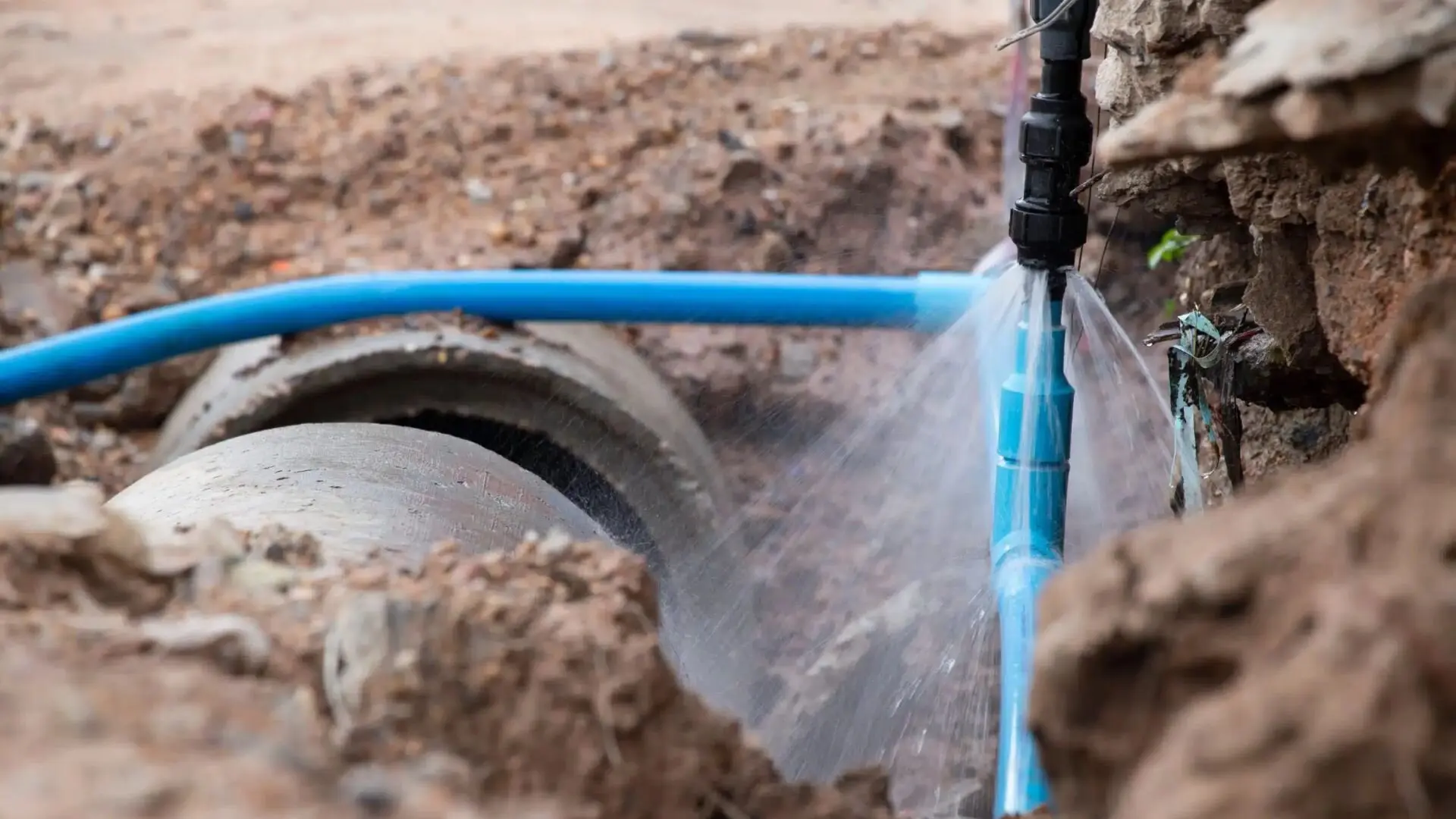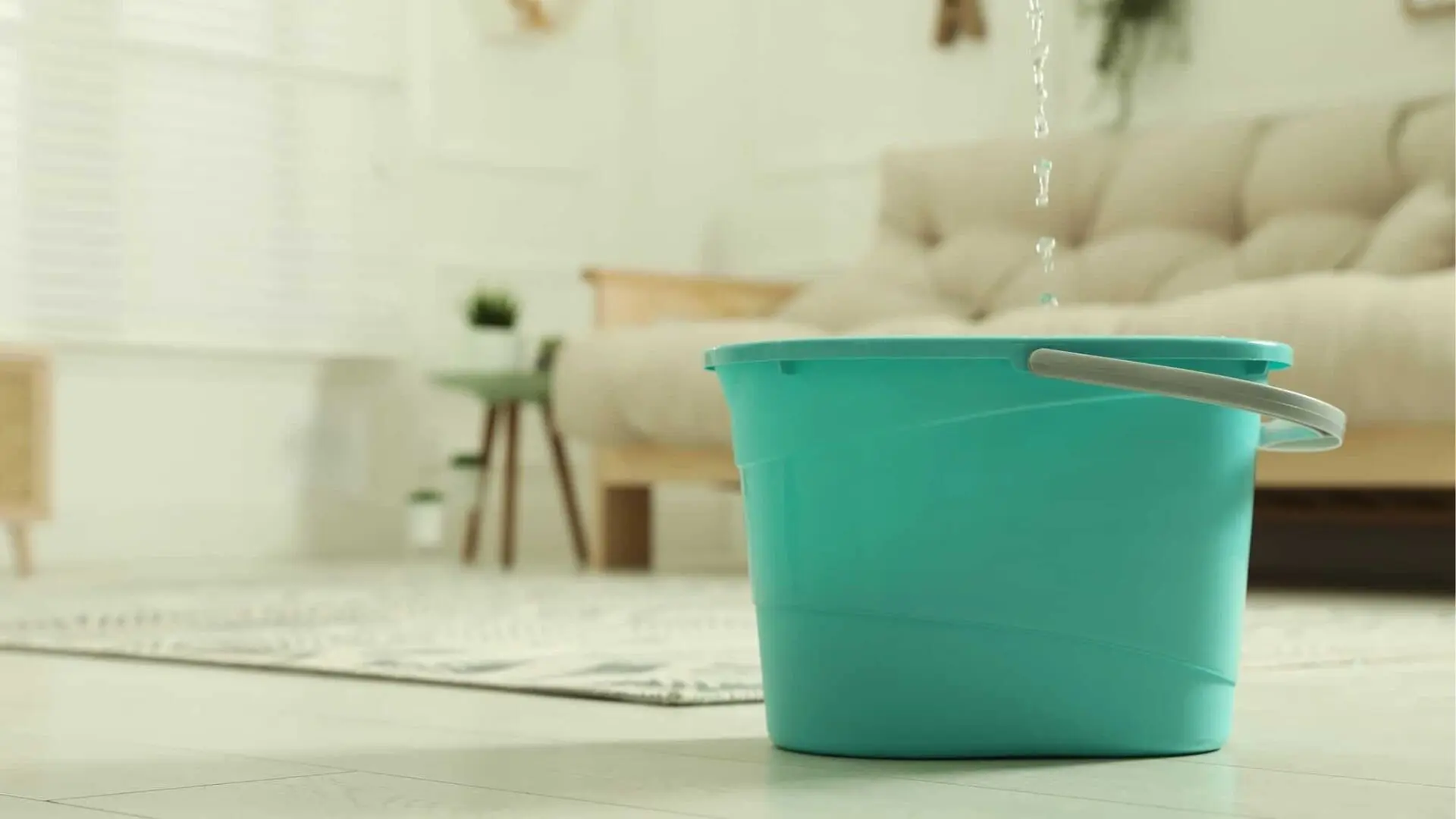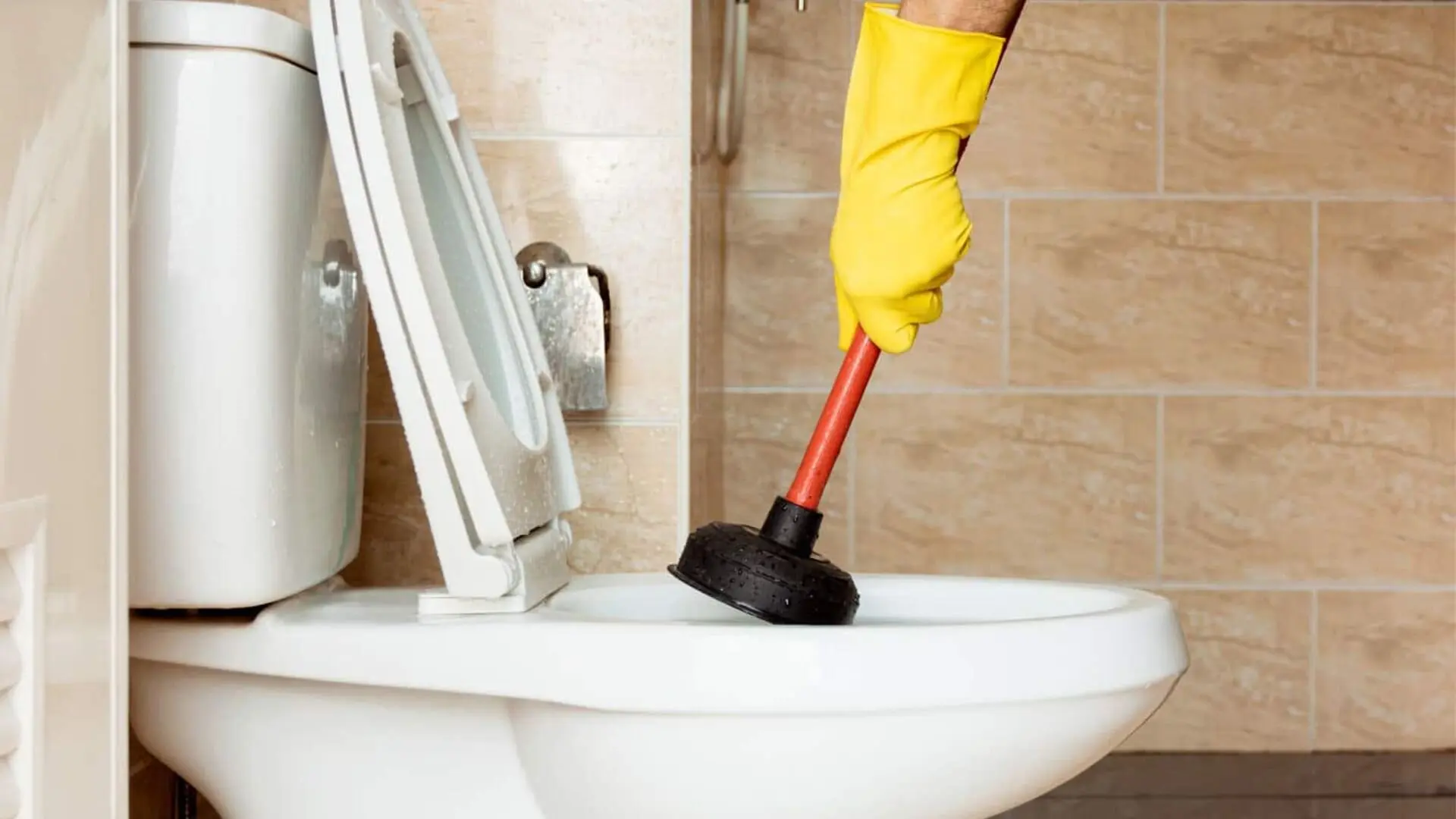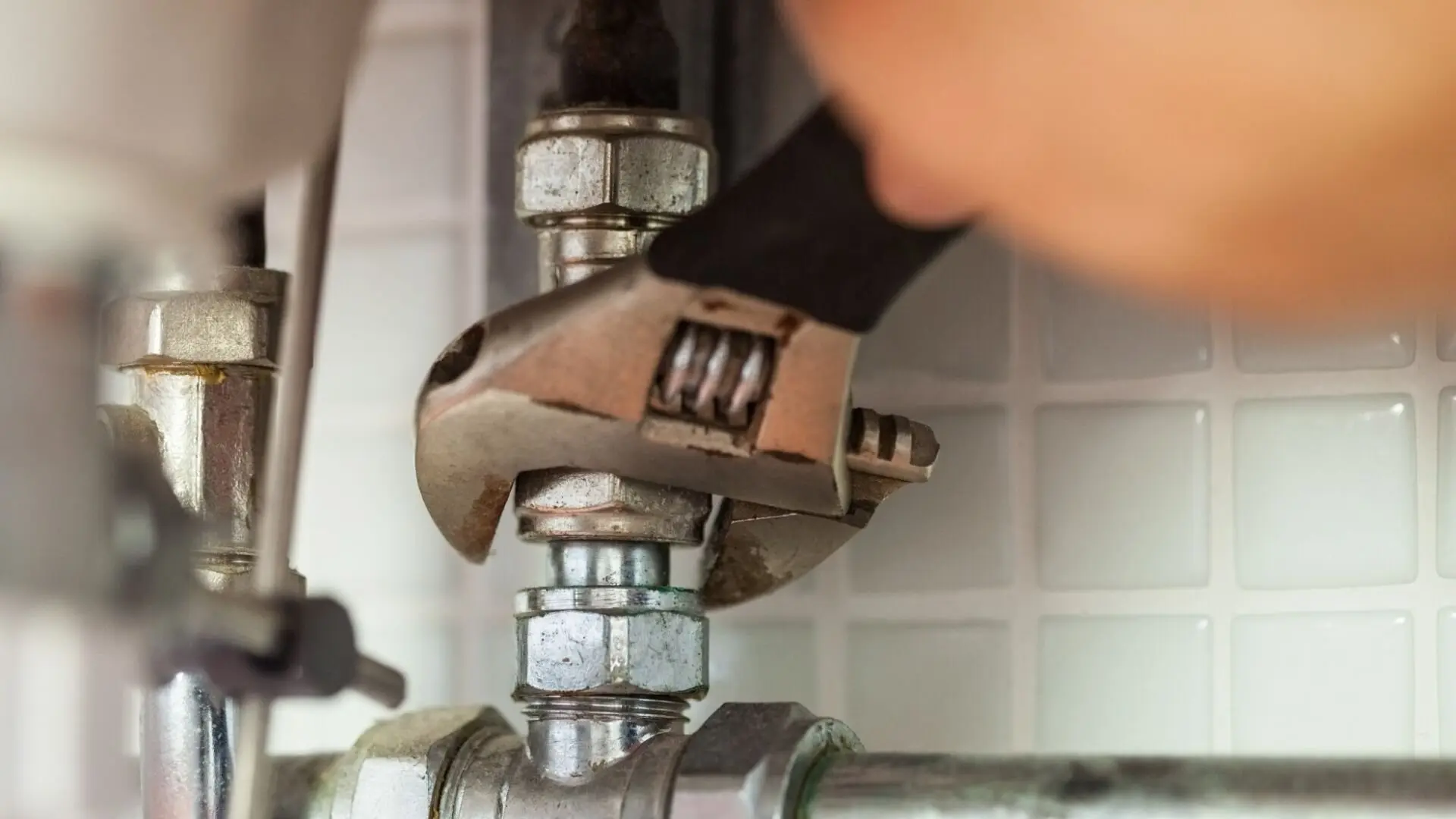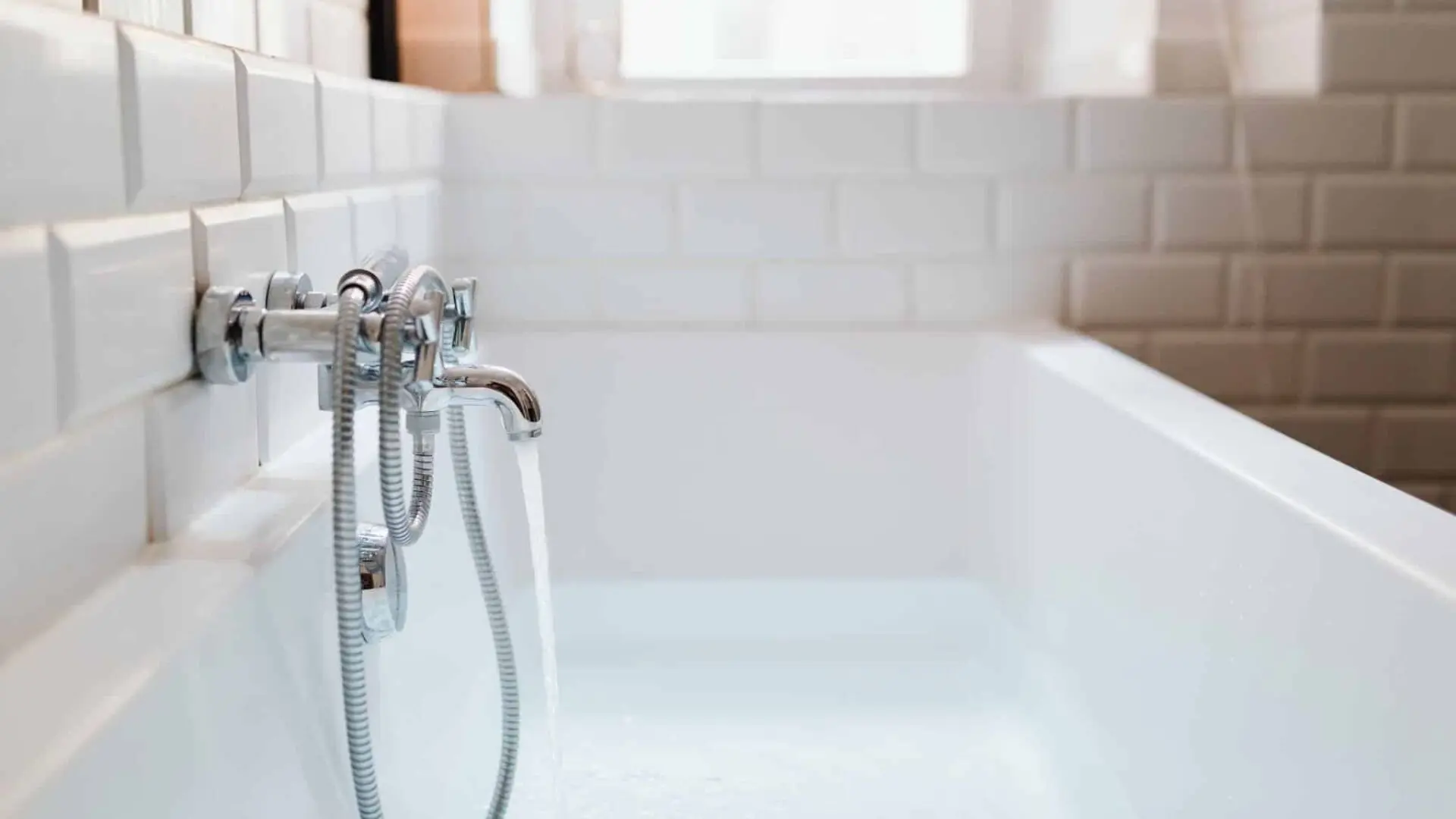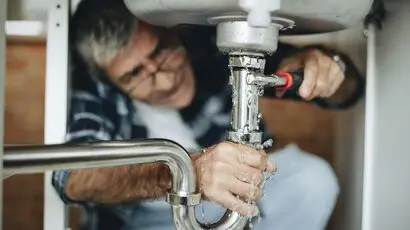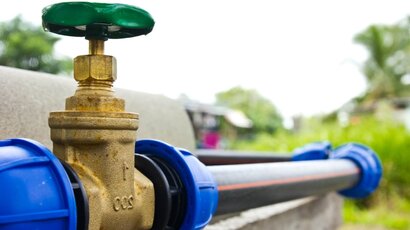Getting your head around plumbing can be a bit overwhelming when you’re a new homeowner. There’s quite a lot to learn, from figuring out the systems to knowing the right time to call in a professional.
That’s where this detailed guide comes in handy. We’ve got essential plumbing tips and expert advice for you. Whether it’s handling clogged drains or understanding water heater maintenance, we’re here to help.
Armed with this info, you’ll feel more confident handling plumbing issues and keeping your system in top form. So, let’s get started and check out the key plumbing facts every new homeowner should know.
Understanding Your Plumbing System
Understanding your home’s plumbing system is essential for new homeowners. Knowing its components and how they work together helps you handle maintenance, identify plumbing issues, and make informed decisions. Key elements include the supply system, which brings clean water in, and the drainage system, which removes wastewater.
Plumbing fixtures and appliances connect to the system for water use and discharge. Many homes also have a hot water system with a water heater.
Grasping these fundamentals enables you to troubleshoot minor issues, perform essential maintenance, and communicate effectively with plumbers. Knowing the locations of elements, such as the shut-off valve and other necessary fixtures, is invaluable during emergencies. The following section will explore the significance of regular plumbing inspections and maintenance for optimal system conditions.
Regular Plumbing Inspections And Maintenance
Keeping your plumbing in tip-top condition means being proactive with regular inspections. Making these a part of your home care routine can save you from expensive fixes, help your plumbing components last longer, and keep everything running smoothly. Let’s dive into why regular checks are crucial and what maintenance tasks you can tackle to keep your plumbing system in prime condition.
![]()
Frequency of Inspections
Conducting a comprehensive plumbing inspection at least once a year is recommended. However, certain factors, such as the age of your home, the condition of the plumbing system, and any previous issues, may necessitate more frequent inspections. Regularly inspecting your plumbing lets you catch potential problems and address them before they escalate into significant issues.
Visual Inspection
Start by visually inspecting exposed pipes, fixtures, and connections for any signs of leaks, corrosion, or damage. Look for water stains, dripping faucets, or pooling water around fixtures. Check for rust or mineral deposits on the faucets, as they can indicate potential issues with your water quality. If you notice any abnormalities or suspect a problem, it’s best to consult a professional plumber for further evaluation.
Water Pressure Check
Proper water pressure is crucial for the efficient functioning of your plumbing system. Use a pressure gauge to measure the water pressure in your home. The optimal range is typically between 40 to 60 pounds per square inch (psi). If the pressure exceeds this range or shows significant fluctuations, it may indicate an underlying issue that requires attention, such as a faulty pressure regulator.
Drainage Performance
Observe the drainage performance of sinks, showers, and toilets. Slow drains or recurring clogs can be signs of partial blockages in the pipes. In such cases, using a plunger or a drain snake may help clear minor obstructions. However, persistent drainage issues may require professional intervention to identify and resolve the underlying cause.
Check Seals and Connections
Inspect the seals and connections of toilets, sinks, and showers for any signs of leaks. Loose or damaged seals can lead to water leaks, which waste water and cause structural damage over time. Tighten or replace seals to maintain a watertight connection and prevent leaks.
Water Heater Maintenance
If you have a water heater, include regular maintenance tasks to ensure its longevity and efficiency. Flush the tank annually to remove sediment build-up, test the pressure relief valve to ensure proper functioning, and check the anode rod for corrosion. Following the manufacturer’s instructions and considering professional servicing can help optimise your water heater’s performance.
Detecting And Addressing Water Leaks
![]()
Water leaks can really hit your wallet and home hard. Catching them early is key to avoiding damage and soaring bills. Keep an eye out for unexpected bill spikes, damp spots, musty smells, mould, or the sound of running water.
Try spotting leaks yourself with a visual check, meter reading, or a toilet dye test. Fix common issues like dripping taps or toilet leaks by replacing worn parts. For pipe leaks, turn off the main water supply and call in a licensed plumber. Even a tiny leak can grow, so act fast and get expert help when needed.
Preventing Clogged Drains - Tips And Best Practices
Clogged drains are a real nuisance and can throw your household out of whack. But with a few preventive steps and smart practices, you can minimise clogs and keep everything flowing nicely. In this section, you’ll find handy tips and practices to keep your drains clear at home.
![]()
1. Use Drain Screens
These screens prevent unwanted substances from entering the drain and causing blockages. Make sure to clean the screens regularly to maintain their effectiveness.
2. Dispose Of Properly
Avoid pouring grease, oil, coffee grounds, and food scraps down the kitchen sink. Dispose of them in the trash or use designated grease disposal containers. Additionally, avoid flushing items like wet wipes, sanitary products, or paper towels down the toilet, as they can easily cause clogs.
3. Run Hot Water
After using the sink or shower, run hot water for a few seconds to help flush away any residual oils or grease that may have accumulated in the pipes. Hot water helps to keep substances in a liquid state, reducing the likelihood of clogs.
4. Regular Cleaning
For kitchen sinks, pour a mixture of hot water and vinegar down the drain once a week to help dissolve grease or soap residue. In the bathroom, flush the drains with hot water and baking soda, followed by vinegar to remove accumulated gunk.
5. Be Mindful Of Hair
Hair is a common culprit of shower and bathroom sink clogs. Brush your hair before showering to reduce loose hair from going down the drain. Consider using a drain cover designed to catch hair and clean it regularly.
6. Avoid Chemical Drain Cleaners
While it may be tempting to use chemical drain cleaners to address minor clogs, they can cause more harm than good. These cleaners contain harsh chemicals that can corrode pipes and damage the plumbing system over time. Opt for natural or mechanical methods, such as using a plunger or a drain snake, to unclog drains.
7. Seek Professional Drain Cleaning
If you’re experiencing persistent clogs or slow drainage, it’s advisable to seek professional drain cleaning services. Professional plumbers have specialised tools and techniques to clear stubborn clogs and ensure optimal drain performance effectively.
Know When To Call A Professional Plumber
It’s critical to know when it’s time to bring in a professional plumber for effective and safe solutions. Complicated issues like major pipe leaks, sewer problems, or significant water heater hiccups need expert hands and the right gear.
If you’re facing ongoing issues, it could signal something deeper that requires professional insight. No hot water or temperature swings definitely calls for a plumber’s expert advice and repair work.
Compliance with plumbing codes is vital for major installations or renovations, and professional plumbers ensure the work meets the required standards. Safety concerns such as gas leaks or sewage backups necessitate immediate professional assistance.
Additionally, professional plumbers can provide expert advice and recommendations on plumbing upgrades, energy-efficient fixtures, or water treatment systems based on their industry knowledge and experience.
Essential Plumbing Tools Every New Homeowner Should Have
- Plunger: This tool is versatile for unclogging toilets, sinks, and showers. Choose flanged or cup-shaped ends for different uses.
- Adjustable Wrench: Tighten or loosen pipe fittings, nuts, and bolts. Ensure a comfortable grip and wide jaw capacity.
- Pipe Wrench: This tool grips and turns rounded pipes and fittings. It is ideal for stubborn connections and larger fittings.
- Pipe Cutter: Cleanly cuts through pipes for replacements or new installations. Choose a suitable cutter for the pipe material.
- Teflon Tape: Creates watertight seals on threaded pipe connections. Wrap clockwise around male threads.
- Basin Wrench: This tool reaches and tightens nuts in tight spaces under sinks or behind toilets. It is valuable for faucet installations.
- Plumber’s Tape Measure: Accurately measures pipe lengths and fixture spacing. Look for imperial and metric measurements.
- Drain Snake: Clears stubborn drain clogs with a flexible cable and coiled end. It is ideal for tough clogs that the plunger can’t handle.
Troubleshooting Common Toilet Problems
Tackling common toilet troubles can be annoying, but many minor issues are easily fixable with a bit of troubleshooting and simple repairs. By getting to grips with what’s causing the problem, you can bring your toilet back to proper working order.
- Clogged Toilet: To resolve a clog, use a plunger, toilet auger, or snake. Be cautious when using chemical drain cleaners.
- Running Toilet: Check the flapper valve, float mechanism, and fill valve or ballcock for issues. Replace faulty components to stop water from continuously running.
- Weak Flush: To improve flushing, adjust the tank’s water level and clean the bowl of mineral build-up.
- Toilet Leaks: Check the tank for leaks, tighten tank bolts, and inspect the flange and wax ring for faulty seals.
- Noisy Toilet: Adjust the fill valve and address ventilation issues if your toilet makes strange noises.
Following these troubleshooting tips can resolve common toilet problems and avoid unnecessary expenses. If you encounter complex issues or need assistance, consider consulting a professional plumber.
Fixing Dripping Taps - DIY Repair Techniques
A dripping faucet can be wasteful and annoying, but simple DIY repair techniques can easily resolve many issues. Follow these steps to fix a dripping tap and save water while restoring proper functionality:
![]()
Step 1: Gather the Necessary Tools
Before starting, ensure an adjustable wrench, screwdriver (Phillips or flat-head), and replacement parts like washers, O-rings, or cartridges.
Step 2: Turn Off the Water Supply
Locate the shut-off valves under the sink and turn them clockwise to shut off the water supply. If needed, shut off the main water supply to the house.
Step 3: Disassemble the tap
Remove the handle, then use the adjustable wrench to loosen and remove the packing nut or bonnet.
Step 4: Replace Washers and O-rings
Inside the faucet assembly, find the stem with the washer or O-ring causing the dripping. Replace them with new ones of the same size and type.
Step 5: Check the Cartridge or Ceramic Disc (For Cartridge Faucets)
If you have a cartridge faucet, check for a faulty cartridge and replace it if necessary.
Step 6: Reassemble the Faucet
Put the faucet back together in reverse order, ensuring proper alignment and tightness, but be cautious to avoid overtightening.
Step 7: Turn On the Water Supply
Open the shut-off valves and slowly turn on the faucet to check for leaks. Tighten connections if needed.
Step 8: Test and Adjust
Ensure the faucet no longer drips, but if the issue persists, consider consulting a professional plumber for further assistance.
Cleaning And Maintaining Kitchen And Bathroom Drains
Regular cleaning and maintenance of kitchen and bathroom drains are vital for preventing clogs and maintaining smooth water flow. To keep your drains clean and clear, follow these effective techniques:
![]()
Kitchen Drains:
- Use a drain strainer to catch food particles and debris, emptying it regularly.
- Weekly, flush the drain with boiling water to dissolve grease and build-up.
- Monthly, use baking soda and vinegar to remove odours and loosen residue.
- Avoid pouring cooking grease down the drain; dispose of it properly.
Bathroom Drains:
- Install drain screens to catch hair and debris, cleaning them regularly.
- Weekly, run hot water down the drain to dissolve soap scum and build-up.
- Monthly, use baking soda and vinegar to remove odours and clean the drains.
- Avoid flushing non-flushable items that can cause clogs.
Regular Drain Cleaning:
- Use a drain snake to remove partial blockages and improve drainage.
- Consider professional drain cleaning once or twice a year for thorough and optimal performance.
Master Your Pipes: Indispensable Plumbing Tips For New Homeowners
As a new homeowner, having a good grasp of essential plumbing tips and know-how is crucial. By following the guidelines and advice in this article, you can tackle common plumbing hitches, keep your system running smoothly, and ward off future issues.
Don’t wait until a plumbing issue becomes a major headache. Take proactive steps, apply the tips in this article, and contact our team for professional assistance. Invest in your home’s well-being and enjoy the peace of mind of a properly functioning plumbing system.
Please schedule an appointment with us today and experience working with a premier plumbing service provider. From blocked toilets to hot water systems, we are your trusted and local plumbers in Fitzroy.

